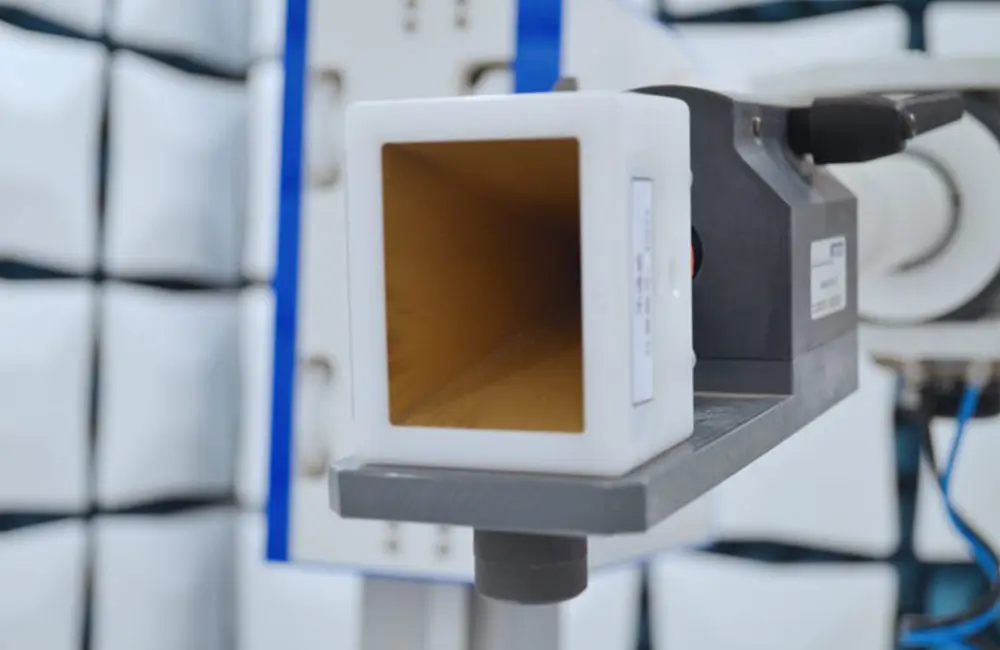
FCC ID Certification Compliance Certificate
Introduction to fcc id Certification
FCC certification, short for Federal Communications Commission certification, is an important regULatory requirement for radio and communication products in the United States. The purpose of fcc id certification is to ensure that products do not interfere with radio and telecommunications networks while protecting consumer safety and health.
Products that fall under the radio frequency (RF) category include: Bluetooth devices, ZigBee products, telemetry instruments, WiFi products, RFID devices, UWB radio systems, GSM products, etc.

Introduction to the Use of the Certification Logo
FCC ID certification requires that the certified ID number be printed on the product’s nameplate. For example: FCC ID: AAAAA-XXXXX.
"AAAAA" represents the 5-character Grantee Code assigned to the manufacturer, and "XXXXX" is a unique identifier for the device, which can be up to 14 characters long and may include letters, numbers, and hyphens (the hyphen counts as one character).
Regulations Used in Certification
• FCC Rules and Regulations Part 15 Subpart C Section 15.247
• FCC Rules and Regulations Part 15 Subpart C Section 15.407
• ANSI C63.10:2013, etc.
RequiRED Documentation for Certification
• Applicant’s product name, model number, mailing address, phone number, fax number, contact person, and their title.
• Applicant’s FCC Registration Number (FRN). This is a 10-digit identification number issued by the FCC to the company, and can be obtained free of charge from the FCC official website. The number is generated automatically upon application and can be assisted by NPS Lab. First-time applicants can register on the FCC website.
• Grantee Code. This authorization code is required for first-time FCC ID applicants and only needs to be applied for once after obtaining the FRN.
• The FCC ID includes the Grantee Code (3 or 5 characters consisting of letters or numbers) and the Product Code (1–14 characters consisting of letters or numbers). The Grantee Code is assigned randomly by the FCC and is not user-defined. Once approved, it becomes the fixed prefix for all fcc id numbers applied for by that company. The Product Code is defined by the applicant, usually based on the product model.
• Label location information. The FCC label must specify the size, dimensions, and placement on the product. It must include the FCC ID and warning statement. If the label is too small, it may include only the FCC ID, but the warning statement must be included in the user manual. Additional information such as manufacturer, product name, and model number may be optionally included.
• Operational Description. A brief description of the working principle, functionality, signal flow, circuit relationships, and power supply of the product.
• Block Diagram. A schematic showing the operating frequencies of all oscillators used.
• Circuit Schematic. The circuit diagram should be clear and include identifiable reference designators.
• PCB Layout Diagrams
• User Manual. A simple instruction manual that must include the FCC warning statement.
• Authorization Letter and Confidentiality Letter
• U.S. Agent Information
Certification Process
1. Sign a certification contract with the certification company.
2. Provide one fixed-frequency sample and one normal sample, along with the application form and required documentation.
3. The company begins testing, issues the test report, and submits the application to a TCB (Telecommunication Certification Body).
4. Upon completion of the review, the certificate is issued and the case is closed.
For any questions related to FCC ID certification, you may consult JJR Laboratory in China for assistance.
Email:hello@jjrlab.com
Write your message here and send it to us
 What Are the Testing Items of California Propositi
What Are the Testing Items of California Propositi
 E-Cigarette EU TPD Testing
E-Cigarette EU TPD Testing
 Testing Certification for E-cigarettes Exported to
Testing Certification for E-cigarettes Exported to
 What is Amazon US CPC Certification?
What is Amazon US CPC Certification?
 UK Toy Safety Regulation Standard EN 71-13
UK Toy Safety Regulation Standard EN 71-13
 What is EU UFI Registration?
What is EU UFI Registration?
 EU UFI Registration for E-cigarette E-liquid
EU UFI Registration for E-cigarette E-liquid
 How to get the MSDS Report for Electronic Cigarett
How to get the MSDS Report for Electronic Cigarett
Leave us a message
24-hour online customer service at any time to respond, so that you worry!




